Tips for workout
Fitness Goal setting
Fitness Goal setting
Fitness goal setting is a process of identifying specific and measurable objectives related to your physical fitness and health. Here are some tips for effective fitness goal setting:
- Identify your current fitness level
- Be specific
- Make them measurable
- Be realistic
- Set short-term and long-term goals
- Create an action plan
- Celebrate your success
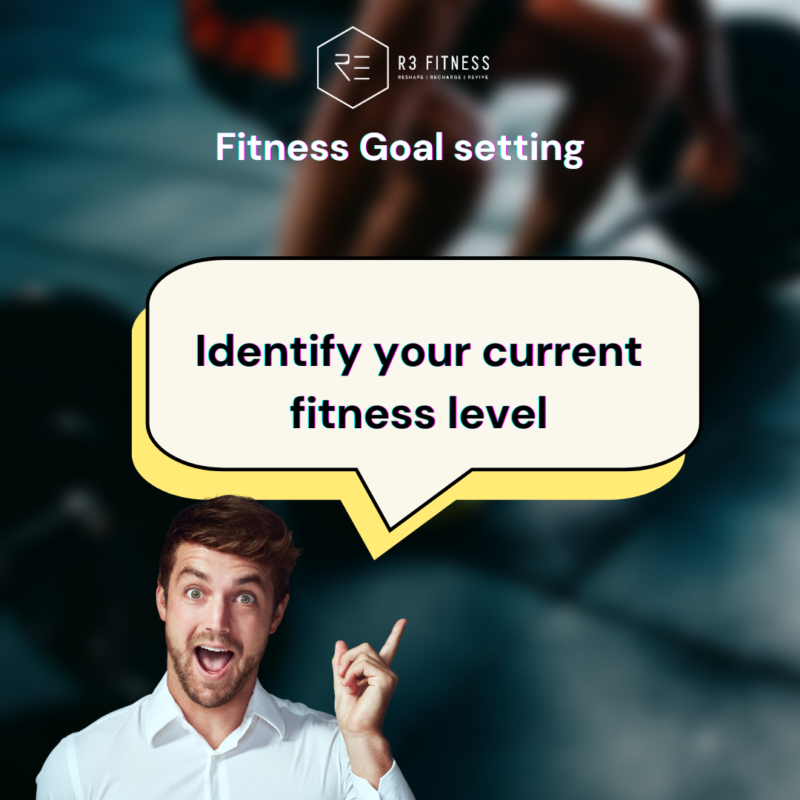
Identify your current fitness level
It is essential to know where you stand regarding fitness before setting any fitness goals. You can evaluate your current fitness level by analyzing your body composition, cardiorespiratory fitness, muscular endurance, flexibility, and other relevant factors.
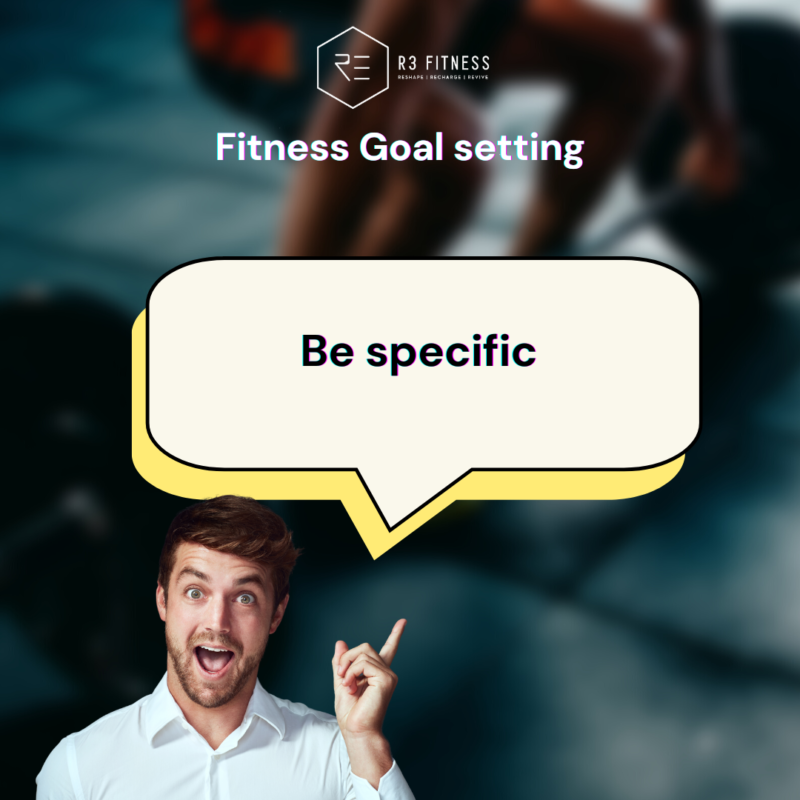
Be specific
Clearly define your fitness goals and be as specific as possible. For example, instead of saying you want to “get in shape,” set a goal to lose 10 pounds or increase your running distance by 1 mile.
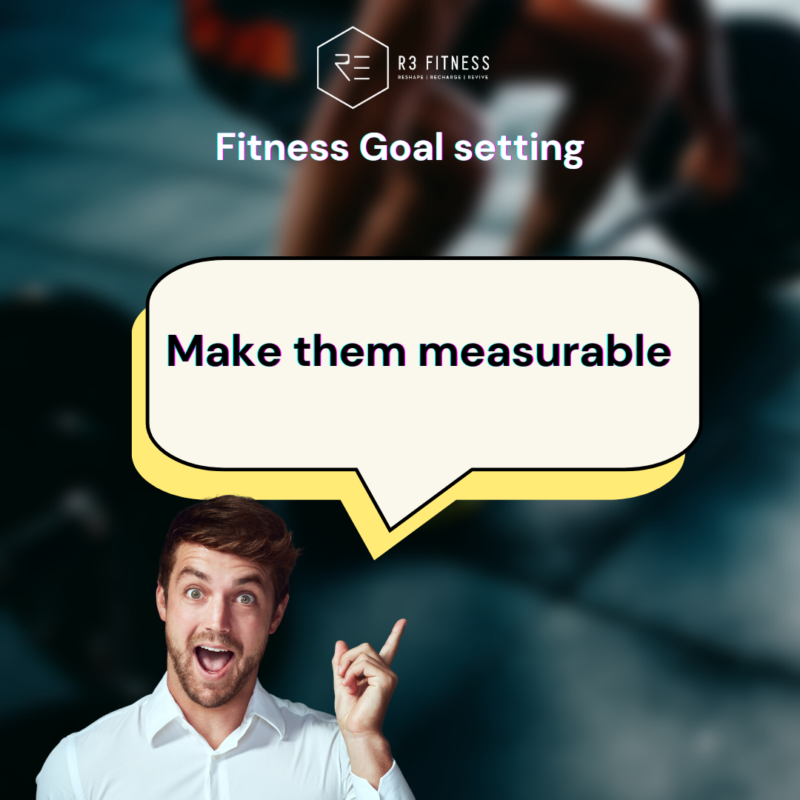
Make them measurable
Set goals that can be measured, so you can track your progress and know when you have achieved them. For example, if your goal is to increase strength, set a goal to lift a specific weight for a certain number of repetitions.
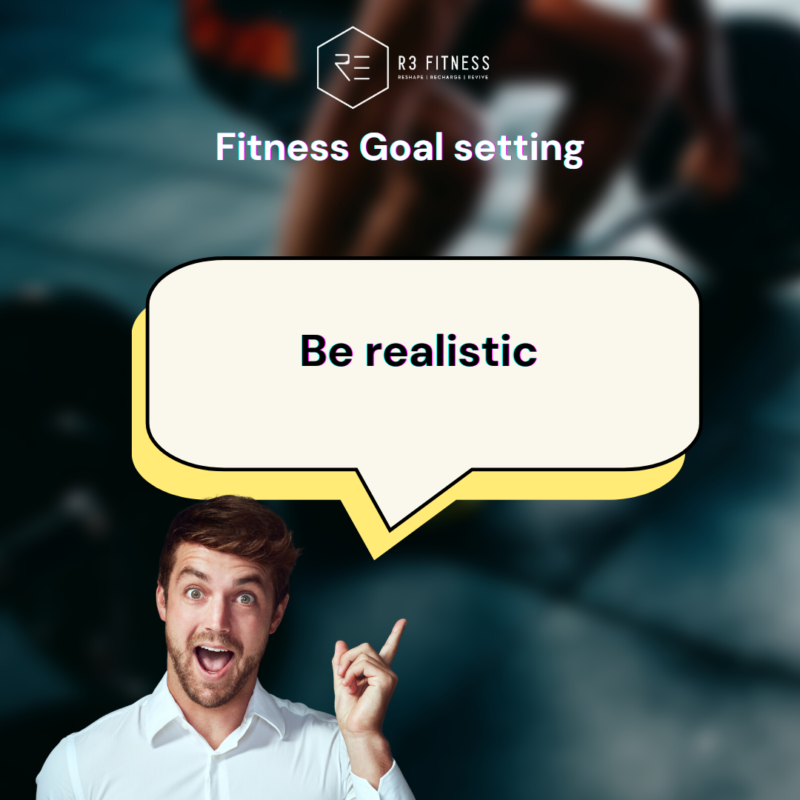
Be realistic
Make sure your goals are achievable and realistic based on your current fitness level, lifestyle, and resources. Setting unrealistic goals can be discouraging and lead to frustration.

Set short-term and long-term goals
Setting both short-term and long-term goals can help you stay motivated and track your progress towards your ultimate goal. For example, set a goal to run a 5k in 3 months and a half-marathon in 12 months.
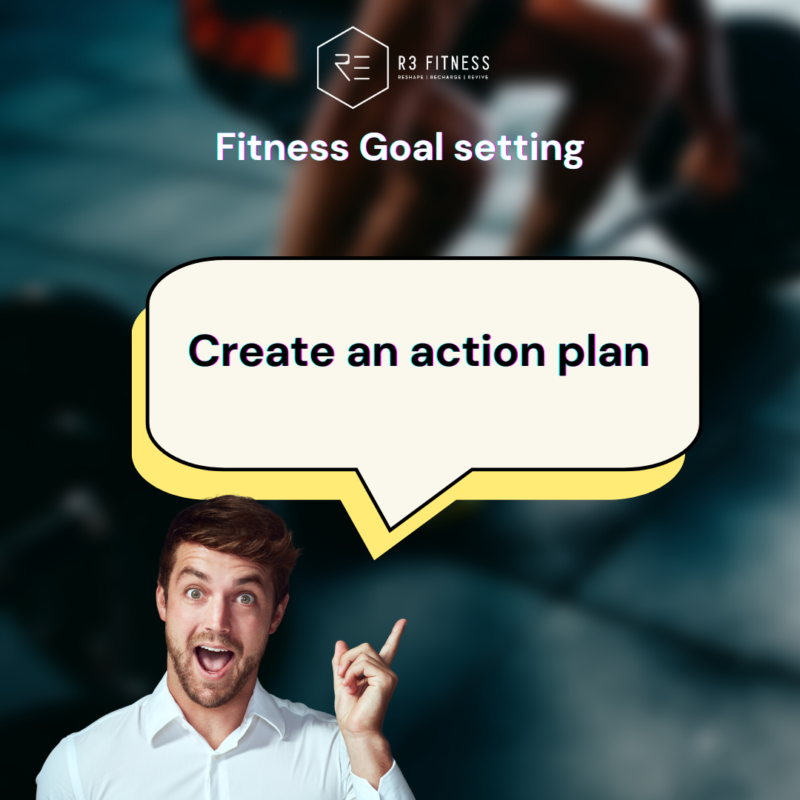
Create an action plan
Develop a plan that outlines the specific actions you will take to achieve your goals. This might include scheduling workout sessions, meal planning, and tracking your progress.

Celebrate your success
Celebrate your progress along the way, and be proud of the milestones you achieve. This will help keep you motivated and focused on achieving your ultimate fitness goal.

